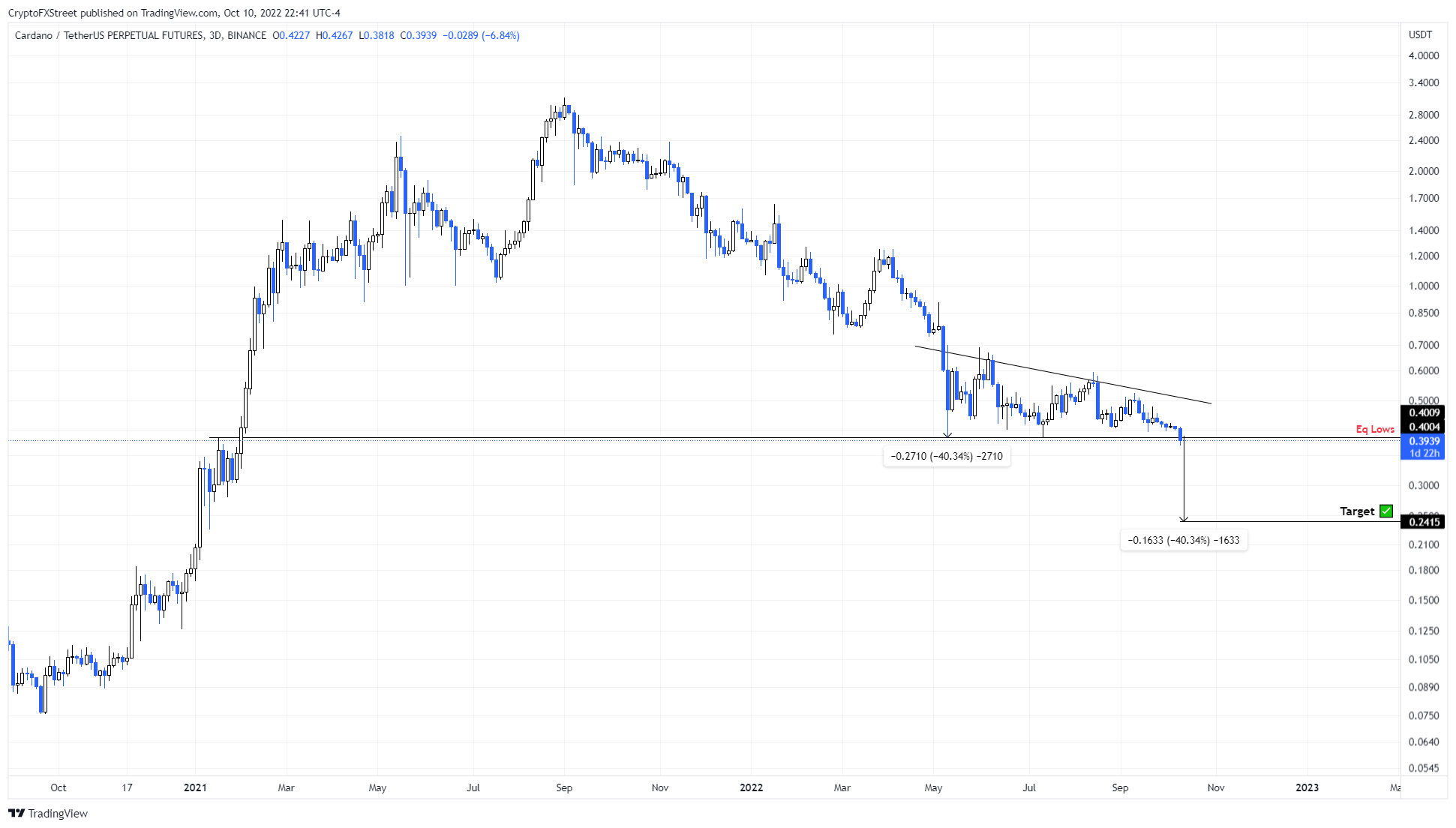In today's digital age, the food delivery market has experienced a significant surge in demand, making it an attractive industry for entrepreneurs to venture into. Creating a Foodpanda clone app provides a lucrative opportunity to capitalize on this trend. However, merely developing an app isn't enough; it's crucial to devise effective monetization strategies to generate revenue consistently.
Understanding Your Foodpanda Clone App
Identifying Key Features
Before delving into monetization strategies, it's essential to understand the core features of your Foodpanda clone app. These features typically include:
-
User Interface: A user-friendly interface is crucial for seamless navigation and enhanced user experience.
-
Order Management: Efficient order management ensures timely delivery and customer satisfaction.
-
Payment Gateway Integration: Seamless integration with multiple payment gateways facilitates hassle-free transactions.
-
GPS Tracking: Real-time tracking allows users to monitor the status of their orders, enhancing transparency.
-
Rating and Review System: Enabling users to rate and review restaurants helps in building trust and credibility.
Target Audience Analysis
Identifying your target audience is paramount for devising effective monetization strategies. Conduct thorough market research to understand the preferences, behavior, and demographics of your target audience. It will enable you to tailor your monetization efforts to meet their needs and expectations.
Monetization Strategies for Your Foodpanda Clone App
Commission Model
One of the most common monetization strategies employed by food delivery apps is the commission model. Under this model, you can charge a certain percentage of the order value as a commission fee from the restaurants listed on your app. It allows you to generate revenue without imposing direct charges on your users.
Delivery Charges
Implementing delivery charges is another effective way to monetize your Foodpanda clone app. You can levy a nominal fee for every delivery made through your platform. However, it's essential to strike a balance between profitability and competitiveness to avoid deterring potential customers.
Advertising
Advertising presents a lucrative revenue stream for your app. You can collaborate with restaurants, food brands, and other relevant businesses to display targeted ads within your app. Additionally, offering sponsored listings or featured placements can provide an additional source of income.
Subscription Model
Introducing a subscription-based model can offer users premium features and benefits in exchange for a recurring fee. For instance, you can offer subscription plans that provide exclusive discounts, priority delivery, or access to premium restaurants. It not only generates consistent revenue but also fosters customer loyalty.
In-App Purchases
Incorporating in-app purchases allows you to offer users additional services or upgrades for a fee. It could include premium delivery options, customization features, or virtual rewards. By providing value-added services, you can entice users to spend more within your app, thereby increasing your revenue streams.
Data Monetization
The data collected from user interactions, preferences, and behavior can be a valuable asset that can be monetized. By anonymizing and aggregating this data, you can offer useful insights and analytics to restaurants and food brands for a fee. However, it's imperative to prioritize user privacy and adhere to data protection regulations.
Conclusion
In conclusion, monetizing your Foodpanda clone script requires a strategic approach that aligns with the needs of both users and businesses. By leveraging a combination of commission models, delivery charges, advertising, subscriptions, in-app purchases, and data monetization, you can create diverse revenue streams while enhancing user experience and satisfaction. Additionally, regularly evaluating and refining your monetization strategies based on market trends and user feedback is essential for long-term success in the competitive food delivery industry.





